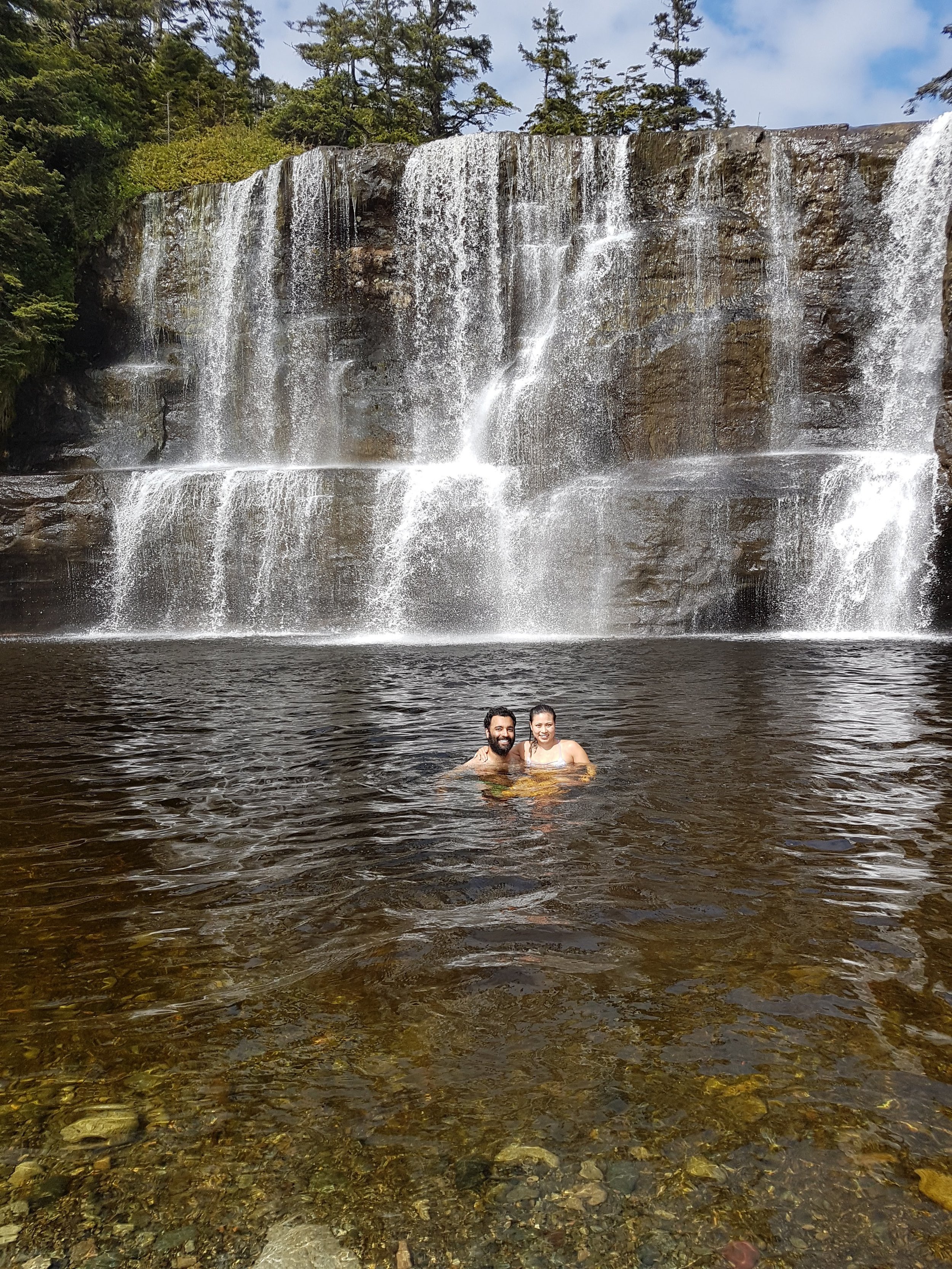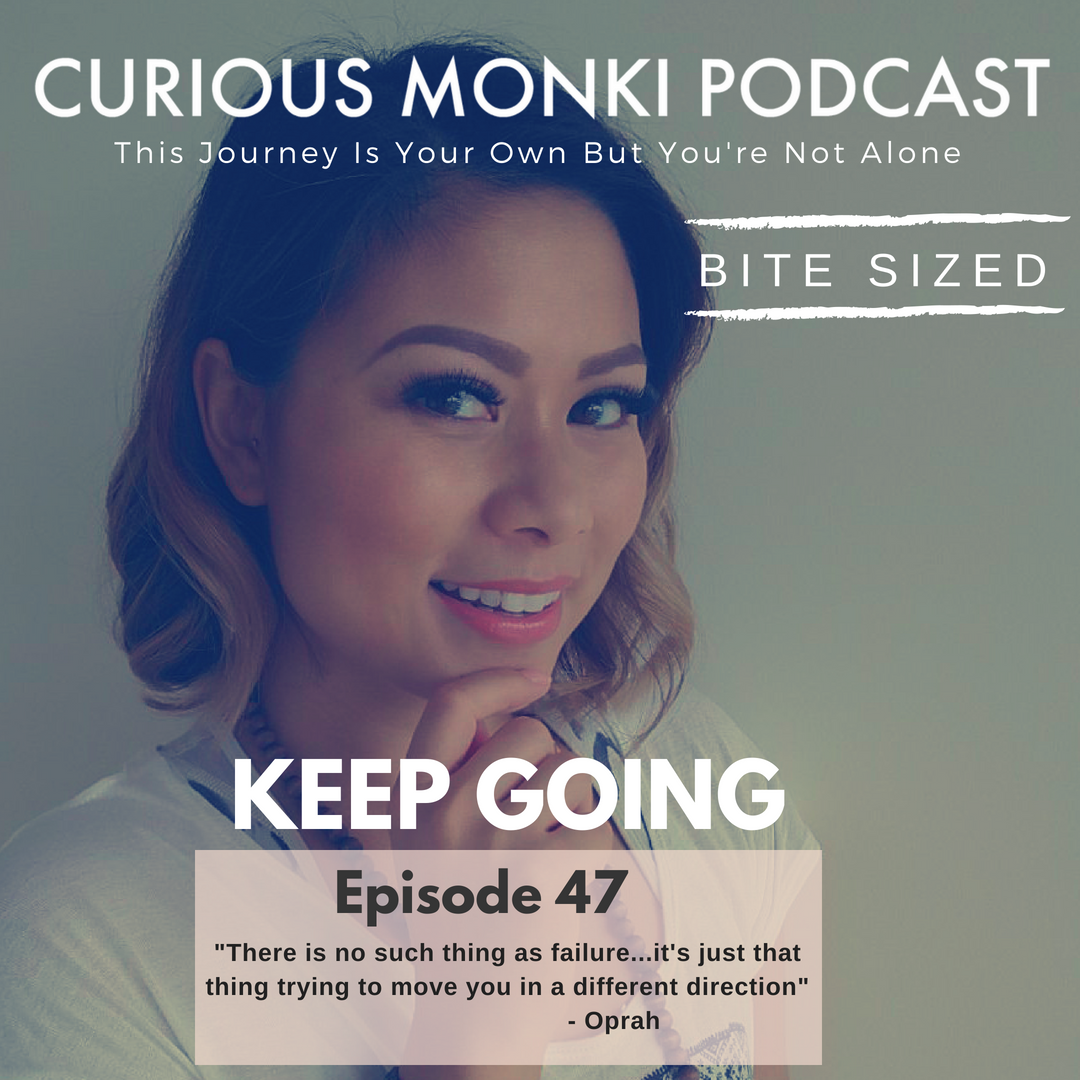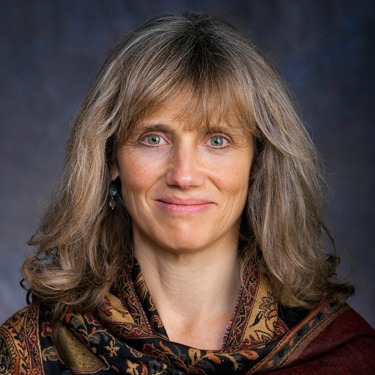If you’ve been on the soul searching train for a while then there’s a good chance that one of your goals is to get a hang of tuning into your intuition/higher self/universe (whatever you’d prefer to refer to it as). You've been tinkering around, trying to get that inner compass to click into place so that you can make more choices that serve your highest self. In turn you'll enjoy the ease of flowing along in alignment. Fear will still hang around but then you’d have the insight to recognize it and the gumption not to be led astray by its charms.
Bliss will feel more like a close friend rather than a distant relative. That’s what I’ve been working on too but I’ve been stumped with how to get to that place!
I thoroughly understand the benefits of listening to your intuition but the steps to getting there have always seemed vague to me. It’s one of those powerfully abstract phenomena that comes with simple instructions but is mystifying to understand (and then of course once you understand it, it’s really quite simple). Like love. How do you know that you’re in love? Can’t totally explain it, it’s different for everyone; but the gist of is that that you just know.
That’s what I’ve been sitting on until one day, to my sheer delight, I found out that there are such things as Intuition Coaches! I’ve joked about hoping for an intuition bootcamp or something but I didn’t think there way anyone out there who did this. It was like an actual real-life fairy godmother had been dropped onto my lap. I am so ecstatic to share this latest episode with you where I get to talk to Inuitive Coach Michelle Fortuna. Michelle teaches people how to develop and recognize their intuitive skills to bring more love, ease and joy into their lives. Michelle helps us understand what intuition really is from body messages to messages from the universe; then we get to dive deeper into understanding how to actually practice our intuition (yes, like a muscle it’s something that you need to practice) and what blocks us from tapping in. The best part of all this is that I get to ask Michelle WHY? when given “simple” tools. She’s generous with her patience as she gives the tread to continue on this journey.
Key Nuggets:
EVERYBODY has the ability for intuition
When we’re connecting with ourselves and we are present then we can all hear the answers that we need.
Inner knowing and clairvoyant abilities are all in the same pool.
Michelle uses embodied resources often because it’s when you’re connected to your body that you become present. In other words, you need to be in your body to master being in tune with yourself. Your body lets you know.
It’s scary to follow to your intuition especially when it goes against everyone else’s outlook ( like your loved ones) but you need to learn to trust it for you. Trusting that your intuition has your best interest is how you can begin to become receptive to it.
There are several ways that you can listen to your intuition (ie. hearing, seeing, feeling through your body…) but when I tried asking Michelle for a concrete list of all the ways that we can tap in (the keen student that I am) Michelle received a message to share that there is an infinite number of ways to do this. What’s important is to keep moving into a place of receptivity (create, make space for yourself to connect, find clarity in your emotional centers…)
You don’t need to be “psychic” in a traditional way, you just need to start going deeper into yourself and you start spending time there. Value yourself and who you are then your abilities start speaking to you.
How to deepen intuition:
1. Recognize that you’re intuitive and give yourself SPACE. There’s so much busyness in the world and it’s easy to move from one thing to the next but make space because clarity and intuition comes with space.
Personally Michelle likes to practice meditation to make space for herself.
2. Ask yourself if it’s safe to fully express yourself.
Many people are in situations where they don’t feel safe to express themselves or to even express what they need (ex. Michelle felt that way growing up because she was in an unstable family situation).
If you weren’t or aren’t able to safely fully express yourself then find space where you can do that. For Michelle, she started writing letters – many of love and forgiveness. This was a big changer, moving Michelle from her head to her heart
Head stuff can be hard because our brain wants to protect us
3. Become more aware of your anxiety – it’s usually a sign that you’re not present
Come back to presence and you’ll come back in tune
Distinguish between your ego self and intuitive self (is this where your inner compass is directing you or are you choosing out of fear)
4. It’s okay if you made a mistake from your intuition in the past!
Some people made choices in the past that didn’t turn out well so now they vow not to trust themselves. That’s not fair to cut yourself off completely because you might not have known yourself as well as you do now. This skill takes practice. On that note….
If you’re not feeling confident in your intuition, just keep practicing. Practice with somebody or something safe and let go of that thought that you’re not good
The more playful you are with what you practice on, the better you’ll be at it.
5. Self-Love
Always comes back to self-love! Stay committed to yourself and give yourself what you need.
Find your way of connecting.
It could be through speaking, writing….whatever it is that brings you joy.
What’s blocking us from our intuition
Not trusting yourself
Cutting yourself off from trying because a decision you made in the past didn’t work out
Needing to be right
Pleasing others – you don’t need other people’s approval to listen to your intuition
Not being in your body
One of Your Biggest Lessons So Far:
The more you are yourself, the easier life is.
What is one nugget of wisdom that you would share with fellow seekers who are on this journey of growth and transformation?
You are really are intuitive and it’s time to honor that. It’s time to honor you and take responsibility for yourself, allow yourself to connect with your desires, what you’re here for, and trust that the more you’re present with you (body, heart, life) the easier it will be for you to connect with your intuition and have joy and ease in your life.
Links:
If you have any questions for Michelle or want to learn more, connect with her through:
Website: www.michellefortuna.com.au
Email: connect@michellefortuna.com.au
Facebook Page: Michelle Fortuna Intuitive Consultant






































